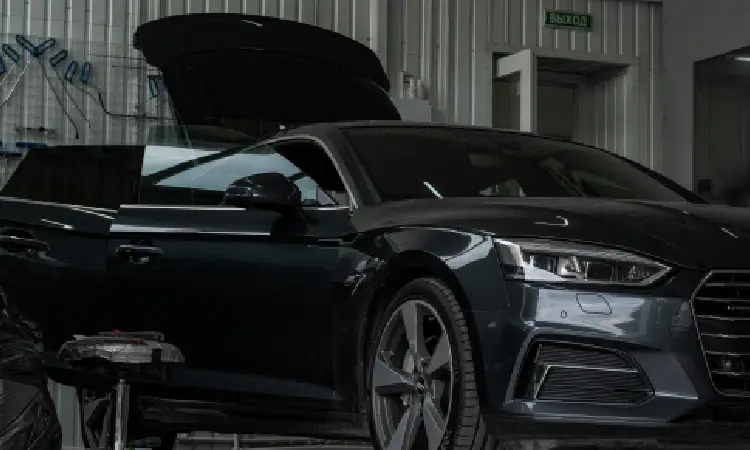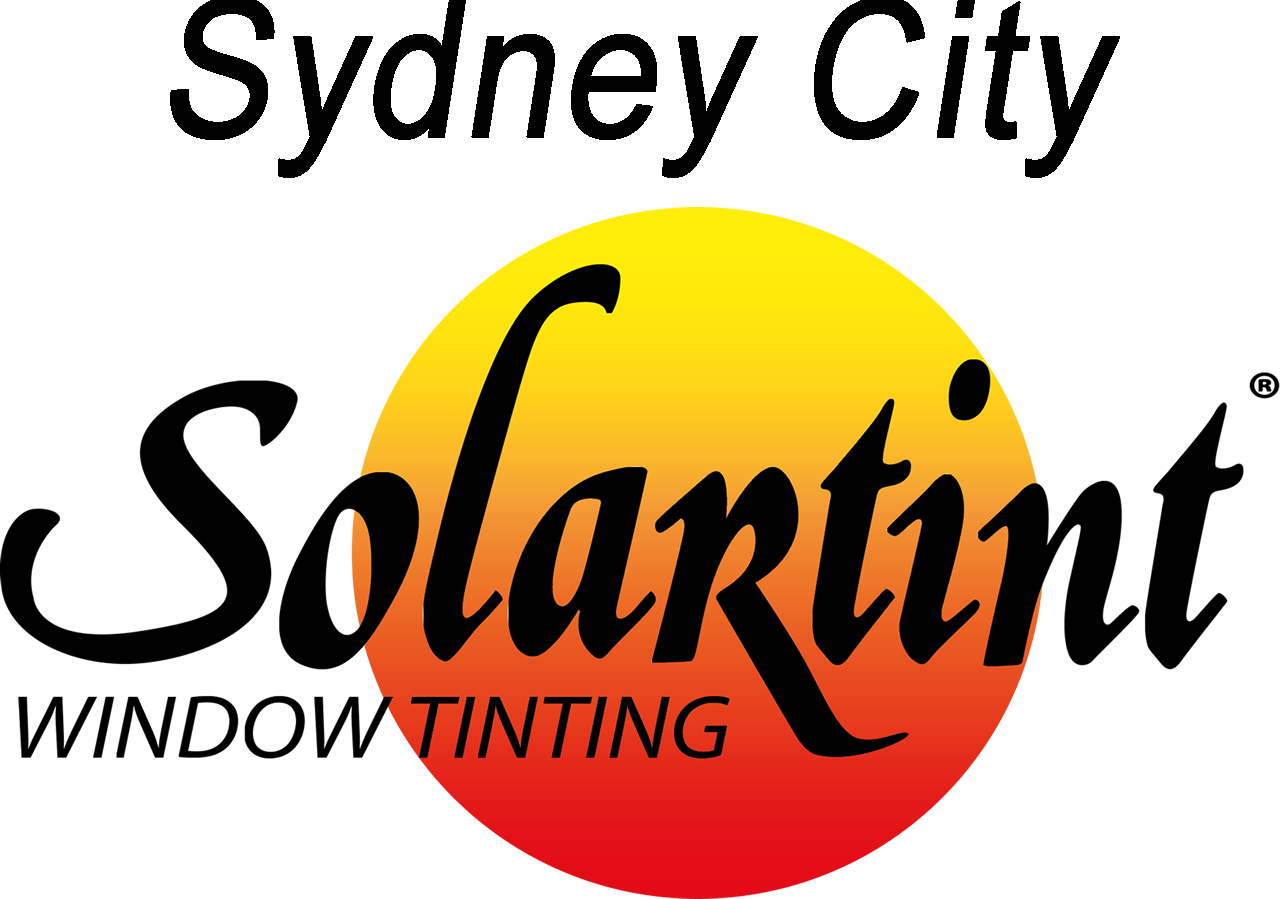Window tinting is a popular choice among vehicle owners for various reasons, from enhancing privacy to reducing glare and heat inside the car. However, it’s crucial to understand the legal aspects of car window tint to ensure compliance with regulations. In this guide, we’ll walk you through everything you need to know about legal window tints for your vehicle.

Understanding Legal Window Tint Regulations
Each state has its regulations regarding window tint darkness and reflection. It’s essential to familiarise yourself with these regulations before tinting your windows. Typically, laws specify the allowable percentage of light transmission through the tint and restrictions on reflective tints.
Choosing the Right Tint
When selecting window tint for your vehicle, opt for tints that comply with local laws. Look for legal products to ensure they meet regulatory requirements.
Professional Installation
While installing car window tint may be tempting, it’s best to entrust this task to professionals. Professional installers have the expertise and tools to apply the tint correctly and evenly, minimising the risk of bubbles, wrinkles, and other imperfections. Moreover, professional installation often comes with warranties, providing peace of mind in case of any issues.

Maintenance and Care
Proper maintenance is essential to prolong the lifespan and effectiveness of your window tint. Avoid using abrasive cleaners or sharp objects that could damage the tint film.
Instead, clean the tinted windows with a soft cloth, mild soap, or a specialised tint-safe cleaner. Regular maintenance keeps your windows looking their best and ensures optimal performance.
Legal Compliance
Once your vehicle’s windows are tinted, keeping documentation of the tint installation handy is crucial, especially during vehicle inspections or traffic stops. Failure to provide proof of legal tint could result in fines or even the requirement to remove the tint altogether. Stay informed about any updates or changes to window tint regulations in your area to remain compliant.
What Is the Legal Darkest Tint in Australia?
In Australia, the road authority in each state and territory sets the limit on how dark you can tint your car’s windows. Thanks to the work of the WFAANZ, all states and Territories (except the Northern Territory) now have the same regulations on passenger vehicles. Understanding these regulations is crucial to avoid fines and ensure compliance. So, what is the legal darkest tint in Australia?
Most states and territories generally permit a certain level of tint darkness on vehicle windows, typically measured by the Visible Light Transmission (VLT) percentage. VLT refers to the amount of visible light that can pass through the tinted windows. The lower the VLT percentage, the darker the tint.
Passenger Vehicles:
35% VLT – Windows on either side of the driver (front doors)
20% VLT on all windows rearward of the driver (NT allows for 15% VLT)
Trucks, commercial vehicles, and buses
• 35% VLT – Windows on either side of the driver (front doors)
• No minimum VLT specified for windows rearward of the driver
Here’s a brief overview of the legal window tint in some Australian states and territories:

New South Wales (NSW)
In NSW, the legal darkest tint for either side of the driver is 35% VLT. The reaward of the driver is 20% VLT.
Victoria
Victorian regulations allow a darker tint compared to some other states. The legal darkest tint for passenger vehicles is 20% VLT for all windows behind the driver. Front-side windows must have a minimum of 35% VLT.
Queensland
In Queensland, passenger vehicles are permitted to have a darkest tint of 35% VLT for either side of the driver. The rearward of the driver is 20% VLT on all passenger vehicles.
Western Australia (WA)
WA regulations specify a legal window tint of 35% VLT for either side of the drive. Rearward windows must have a minimum of 20% VLT.
South Australia (SA)
SA’s darkest tint regulations are similar to those of other states, with a legal darkest tint of 20% VLT for rear side windows and rear windscreen. Front-side windows must have a minimum of 35% VLT.
Australian Capital Territory (ACT)
In the ACT, the legal darkest tint for passenger vehicles is 20% VLT for rear side windows and rear windscreen. Front-side windows must have a minimum of 35% VLT.
Northern Territory (NT)
NT regulations permit a darkest tint of 15% VLT for rear side windows and windscreen. Front-side windows must have a minimum of 35% VLT.
It’s important to note that these regulations are subject to change, and there may be additional requirements or exemptions for certain vehicle types, such as commercial vehicles or medical exemptions. Therefore, it’s advisable to check with the relevant transport authority or consult a professional tint installer to ensure compliance with the latest regulations in your area. Failure to comply with tinting laws can result in fines, defects, or even the requirement to remove the tint.
Experience Expert Tinting Services Tailored to Sydney’s Regulations
At Sydney City Solartint, we understand the importance of legal compliance and quality craftsmanship when it comes to window tinting for your vehicle. Trust our team of experienced professionals to provide expert tinting services that enhance your car’s aesthetic appeal and ensure adherence to Sydney’s strict regulations. Contact us today to schedule an appointment and elevate your driving experience with Sydney City Solartint.
